Characteristics, performance, and applications of DC motors, synchronous AC motors, and asynchronous
Asynchronous AC motor
An asynchronous motor, also known as an induction motor, is an AC motor that converts electromechanical energy into mechanical energy by generating electromagnetic torque through the interaction between the rotating magnetic field of the air gap and the induced current of the rotor winding.
An asynchronous motor is an AC motor whose speed under load is not constant relative to the frequency of the grid it is connected to. An induction motor is an asynchronous motor that has only one set of windings connected to the power supply. Induction motors are generally referred to as asynchronous motors unless there is any misunderstanding or confusion.
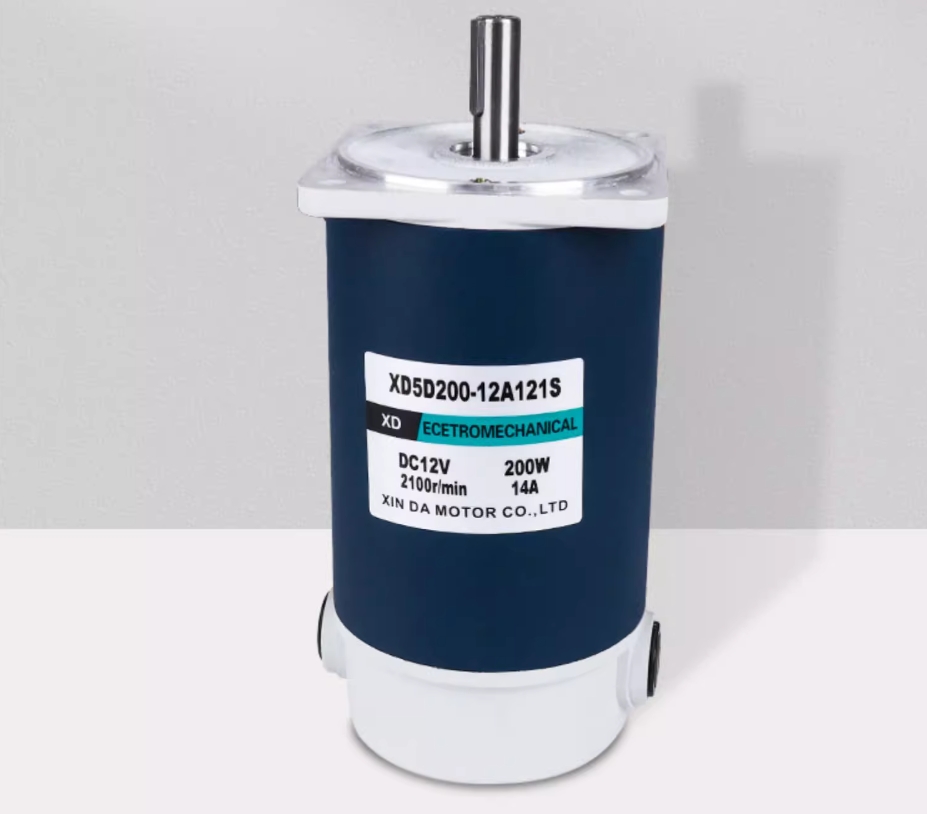
The main features of asynchronous motors:
(1)Small and lightweight.
(2)It is easy to achieve high-speed rotation exceeding 10,000r/min.
(3)High operating efficiency at high speed and low torque.
(4)High torque at low speed and wide speed control range.
(5)High reliability (robustness).
(6)Low manufacturing cost.
(7)Simplification of the control device.
The difference between asynchronous motors and other motors:
(1)The rotor winding does not need to be connected to other power sources, and its stator current is directly taken from the AC power system;
(2)Simple structure, easy to manufacture, use and maintain, high operating reliability, light weight and low cost ;
(3)It is easy to derive various series of products according to the requirements of different environmental conditions ;
(4)Has a load characteristic close to constant speed ;
(5)The speed has a fixed slip rate with the synchronous speed of its rotating magnetic field, so the speed regulation performance is poor. In applications requiring a wider smooth speed regulation range (such as transmission rolling mills, hoists, large machine tools, etc.), it is not as economical and convenient as a DC motor .
(6)When the asynchronous motor is running, it draws reactive power from the power system for excitation, which will cause the power factor of the power system to deteriorate. Therefore, it is not as reasonable to use a synchronous motor in high-power, low-speed applications (such as driving a ball mill, compressor, etc.) ;
(7)An asynchronous motor is an AC motor whose speed under load is not constant relative to the frequency of the grid it is connected to. It also changes with the size of the load. The greater the load torque, the lower the rotor speed .
Application of asynchronous motors
Asynchronous motors are mainly used as electric motors, with power ranging from a few watts to tens of thousands of kilowatts. They are the most widely used motors in various industries of the national economy and people's daily lives, providing power for a variety of mechanical equipment and household appliances. For example, machine tools, small and medium-sized steel rolling equipment, fans, water pumps, light industrial machinery, metallurgy and mining machinery, etc., are mostly driven by three-phase asynchronous motors (Asynchronous Motor); single-phase asynchronous motors are widely used in household appliances such as electric fans, washing machines, refrigerators, air conditioners, etc. Asynchronous motors can also be used as generators in wind power plants and small hydropower stations.
Synchronous AC motor
Performance and structural features:
(1)The speed of a synchronous motor is strictly proportional to the grid frequency, that is, a certain number of motor pole pairs corresponds to a certain motor speed.
(2)Compared with asynchronous motors, synchronous motors have the characteristics of high operating stability, constant speed regardless of load changes, leading power factor and high operating efficiency.
(3)In addition, the synchronous motor also has the excellent starting performance ( small starting current, high starting torque, smooth starting ) and good operating characteristics ( adjustable power factor ) of the wound rotor asynchronous motor .
(4)The structure and equipment of synchronous motors are relatively complex and the cost is relatively high.
Classification
Synchronous motors include two categories: synchronous generators and synchronous motors.
Synchronous motors are divided into two types according to the rotor structure: rotating armature (fixed magnetic poles) and rotating magnetic poles (fixed armatures). They usually adopt the rotating magnetic field type. According to the magnetic circuit structure, they are divided into salient pole type and hidden pole type. Most synchronous motors adopt horizontal structure, but the synchronous motors driving vertical axial flow pumps are vertical structures. The cooling method of synchronous motors is usually air cooling.
A synchronous motor connected to a power grid and operating without mechanical load to adjust the phase of the power grid is called a synchronous condenser. Synchronous condensers can be used in power grids or power systems to improve power factors, and in steel companies to control bus voltage fluctuations.
Applications
Synchronous motors are generally used to drive production machinery that does not require speed regulation and high power, such as rolling mills, compressors, blowers, various pumps and converters that do not often adjust speeds; or to drive ball mills and reciprocating compressors with low power but low speeds, large ship propellers, etc. The use of thyristor frequency conversion devices can make synchronous motors operate at a variable speed, and their characteristics are similar to those of DC motors.
The difference between synchronous motor and asynchronous motor
The difference between synchronous motor and asynchronous motor design
The biggest difference between synchronous motors and asynchronous motors is whether their rotor speed is consistent with the stator rotating magnetic field. If the rotor speed of the motor is the same as the stator rotating magnetic field, it is called a synchronous motor. Otherwise, it is called an asynchronous motor.
In addition, the stator windings of synchronous motors and asynchronous motors are the same, and the difference lies in the rotor structure of the motor. The rotor of the asynchronous motor is a short-circuited winding that generates current by electromagnetic induction. The rotor structure of the synchronous motor is relatively complex, with a DC excitation winding, so an external excitation power supply is required to introduce current through the slip ring; therefore, the structure of the synchronous motor is relatively complex, and the cost and maintenance cost are relatively high.
The difference between synchronous motor and asynchronous motor in terms of reactive power
Compared with asynchronous motors that can only absorb reactive power, synchronous motors can both generate reactive power and absorb reactive power !
The difference between synchronous motor and asynchronous motor in function and use
The speed of the synchronous motor is synchronized with the electromagnetic speed, while the speed of the asynchronous motor is lower than the electromagnetic speed. Regardless of the load size, the speed of the synchronous motor will not change as long as it does not lose step. The speed of the asynchronous motor changes with the change of the load size at all times.
Synchronous motors have high precision, but are complex to manufacture, expensive, and relatively difficult to maintain, while asynchronous motors have slow response but are easy to install and use, and are cheap. Therefore, synchronous motors are not as widely used as asynchronous motors.
Synchronous motors are mostly used in large generators, while asynchronous motors are almost always used in electric motor applications.
DC Motor
A direct current machine is a rotating motor that can convert direct current electrical energy into mechanical energy (direct current motor) or mechanical energy into direct current electrical energy (direct current generator). It is a motor that can realize the mutual conversion of direct current electrical energy and mechanical energy. When it operates as a motor, it is a direct current motor that converts electrical energy into mechanical energy; when it operates as a generator, it is a direct current generator that converts mechanical energy into electrical energy.
DC motor structure
The structure of a DC motor should consist of two major parts: the stator and the rotor. The stationary part of a DC motor is called the stator. The main function of the stator is to generate a magnetic field. It is composed of a base, main magnetic poles, commutation poles, end covers, bearings, and brush devices. The rotating part of a DC motor is called the rotor. Its main function is to generate electromagnetic torque and induced electromotive force. It is the hub of energy conversion for DC motors, so it is usually called the armature. It is composed of a rotating shaft, armature core, armature winding, commutator, and fan.
Characteristics of DC motors
DC motors have excellent adjustment performance, large overload capacity, and can achieve frequent stepless rapid starting, braking and reversing. They can meet various special operating requirements of production process automation systems. Therefore, they occupy an important position in automatic control systems that require a wide speed regulation range and special operating performance.
DC motors have the characteristics of fast response, large starting torque, and the ability to provide rated torque from zero speed to rated speed .
Types and Applications of DC Motors
Permanent magnet DC motor:
mainly used as an actuator in automatic control systems and general transmission systems, such as torque motors;
Shunt-excited DC motor:
used for constant speed loads with slightly larger starting torque and transmission systems requiring speed regulation, such as centrifugal pumps, fans, metal cutting machine tools, textile printing and dyeing, papermaking and printing machinery, etc.
Series-excited DC motor:
used for loads that require large starting torque and allow large changes in speed, such as battery-powered vehicles, cargo winches, anchor winches, trams, electric locomotives, etc.
Stable shunt DC motor:
Its purpose is the same as that of shunt DC motor, but its running performance is more stable than that of shunt motor;
Separately excited DC motor: Its uses are the same as those of shunt excited DC motor.
Brushed DC Motor
A brushed DC motor is a rotating motor that contains a brush device that converts DC power into mechanical energy (DC motor) or mechanical energy into DC power (DC generator). Different from a brushless DC motor, the brush device is used to introduce or extract DC voltage and DC current. Brushed DC motors are the basis of all motors. They have the characteristics of fast starting, timely braking, smooth speed regulation over a wide range, and relatively simple control circuits.
Brushed DC motors have good starting and speed regulation performance and are often used in situations where there are high requirements for starting and speed regulation, such as large reversible rolling mills, mine winches, hotel high-speed elevators, gantry planers, electric locomotives, diesel locomotives, city trams, subway trains, electric bicycles, papermaking and printing machinery, marine machinery, large precision machine tools, large cranes and other production machinery.
Advantages and disadvantages of brushed motors
advantage:
a) Smooth speed change, almost no vibration;
b) Low temperature rise and good reliability;
c) The price is low, so it is chosen by many manufacturers.
shortcoming:
a) Carbon brushes are easy to wear, difficult to replace, and have a short lifespan;
b) The running current is large, the motor magnet is easy to demagnetize, and the life of the motor is reduced.
Brushless DC Motor
The brushless DC motor is composed of a motor body and a driver, and is a typical mechatronic product. A brushless motor is a motor without brushes and a commutator (or collector ring), also known as a commutatorless motor.
Characteristics of brushless DC motor
1. It can replace DC motor speed regulation, frequency converter + variable frequency motor speed regulation, asynchronous motor + reducer speed regulation;
2. It has the advantages of traditional DC motors, while eliminating the carbon brush and slip ring structure;
3. It can run at low speed and high power, and can directly drive large loads without the need for a reducer;
4. Small size, light weight and high output;
5. Excellent torque characteristics, good medium and low speed torque performance, large starting torque and small starting current;
6. Stepless speed regulation, wide speed regulation range and strong overload capacity;
7. Soft start and stop, good braking characteristics, can save the original mechanical brake or electromagnetic brake device;
8. High efficiency. The motor itself has no excitation loss and carbon brush loss, eliminating multi-stage deceleration loss, and the comprehensive power saving rate can reach 20%~60%.
9. High reliability, good stability, strong adaptability, simple repair and maintenance;
10. Resistant to bumps and vibrations, low noise, small vibration, smooth operation and long service life;
11. It does not produce sparks, is particularly suitable for explosive places, and has explosion-proof type;
12. Trapezoidal wave magnetic field motor and sine wave magnetic field motor can be selected according to needs.
Advantages and disadvantages of brushless motors
advantage
a) Electronic commutation replaces traditional mechanical commutation, with reliable performance, no wear, low failure rate, and a lifespan that is about 6 times longer than that of brushed motors, representing the development direction of electric motors;
b) It is a static motor with small no-load current;
c) High efficiency;
d) Small size.
shortcoming
a) There is slight vibration when starting at low speed. If the speed increases and the commutation frequency increases, the vibration will not be felt.
b) High price and high controller requirements;
c) It is easy to form resonance, because everything has an inherent vibration frequency. If the vibration frequency of the brushless motor is the same as or close to the vibration frequency of the frame or plastic parts, it is easy to form resonance. However, the resonance phenomenon can be reduced to a minimum through adjustment. Therefore, it is normal for electric vehicles driven by brushless motors to sometimes make a buzzing sound.
Applications of Brushless DC Motors
Brushless DC motors are widely used in automobiles, tools, industrial control, automation, aerospace, etc. In general, brushless DC motors can be divided into the following three main uses:
Continuous load application:
It is mainly used in areas that require a certain speed but do not require high speed accuracy, such as fans, pumps, hair dryers, etc. These applications are low-cost and mostly open-loop control.
Variable load applications:
It is mainly the application where the speed needs to change within a certain range, and has higher requirements on the motor speed characteristics and dynamic response time characteristics. For example, dryers and compressors in household appliances are good examples, and oil pump control, electric controllers, engine control in the automotive industry, etc. The system cost of such applications is relatively higher.
Positioning application:
Most industrial control and automatic control applications belong to this category. In such applications, energy is often transmitted, so there are special requirements for the dynamic response of speed and torque, and the requirements for the controller are also high. Photoelectric and some synchronization equipment may be used for speed measurement. Many process control, mechanical control and transportation control belong to this category.



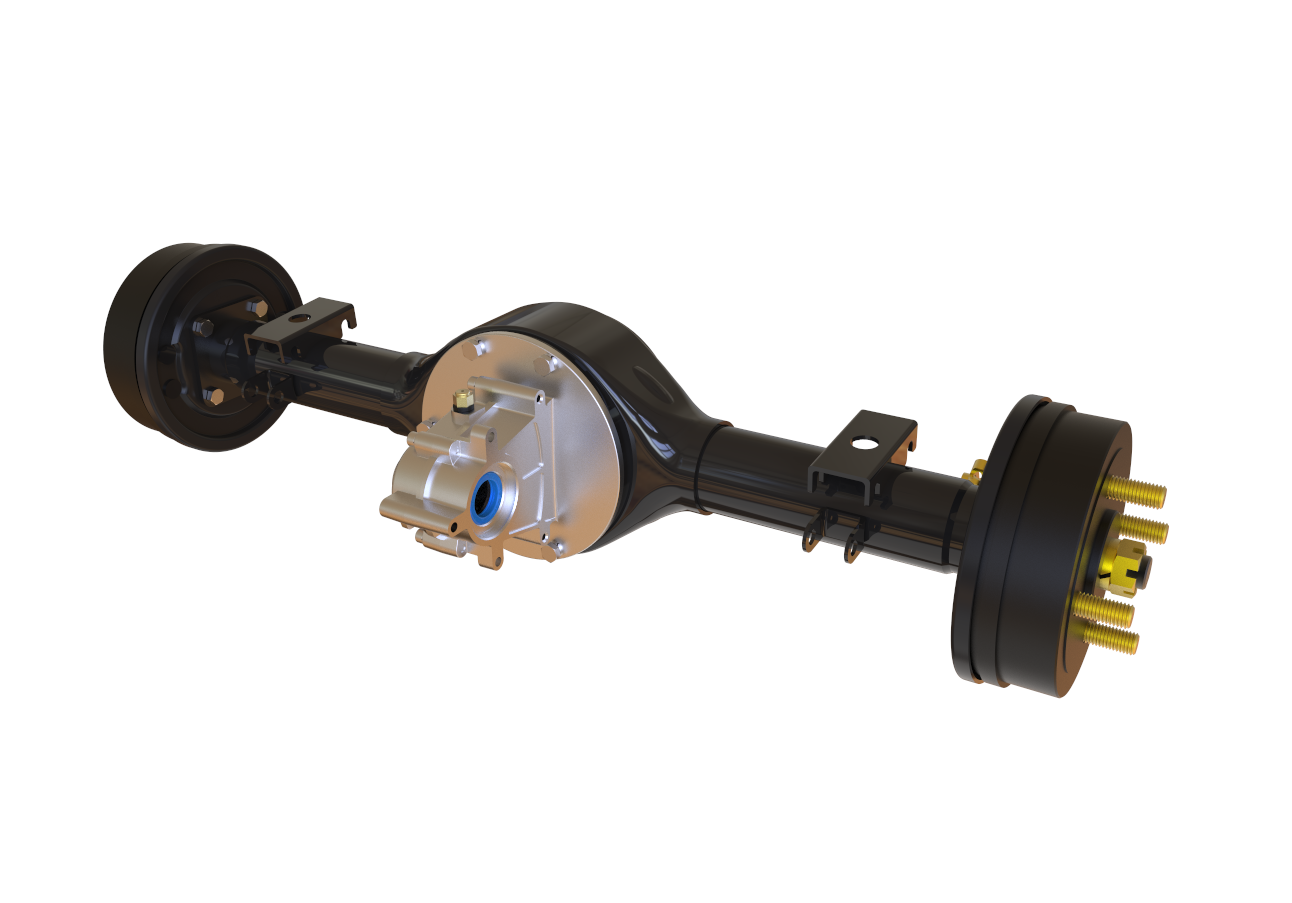
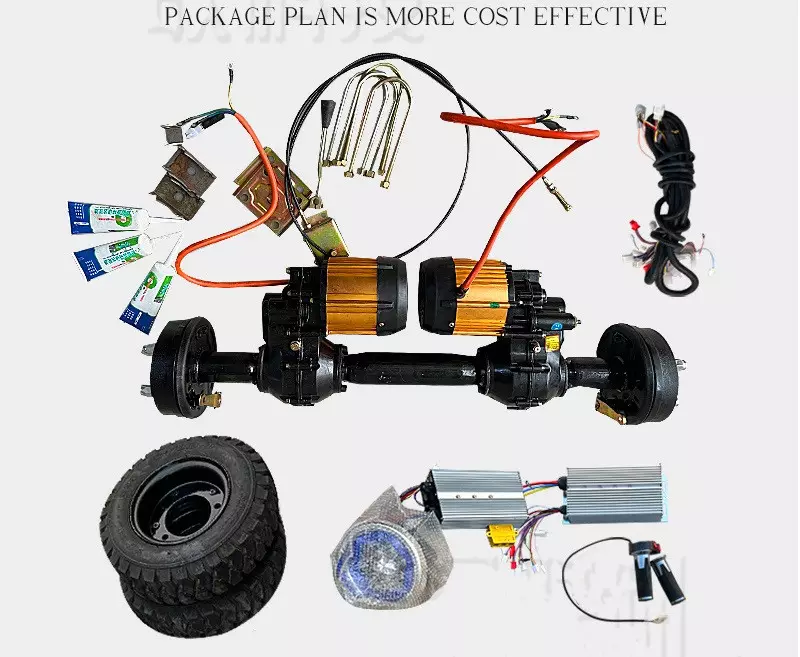

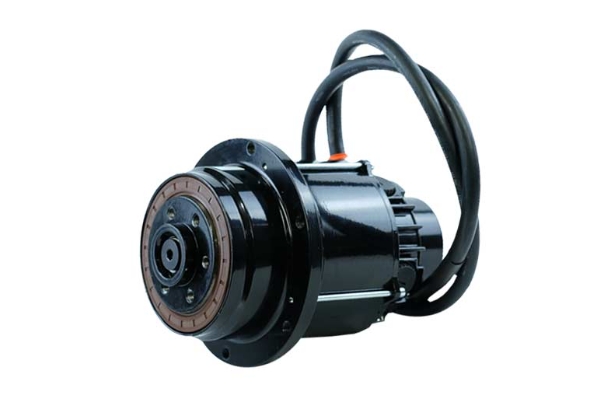
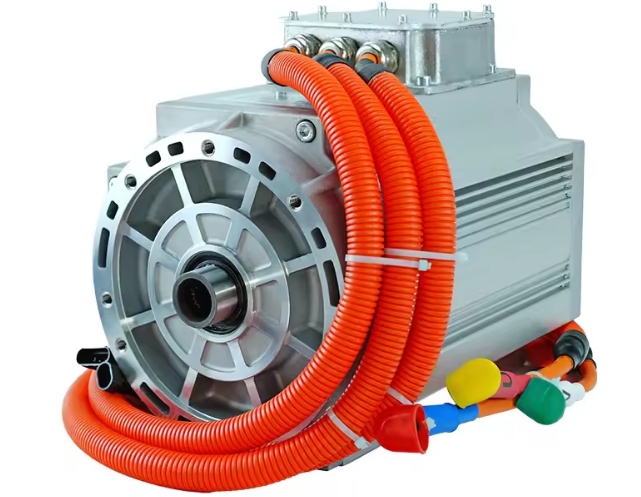
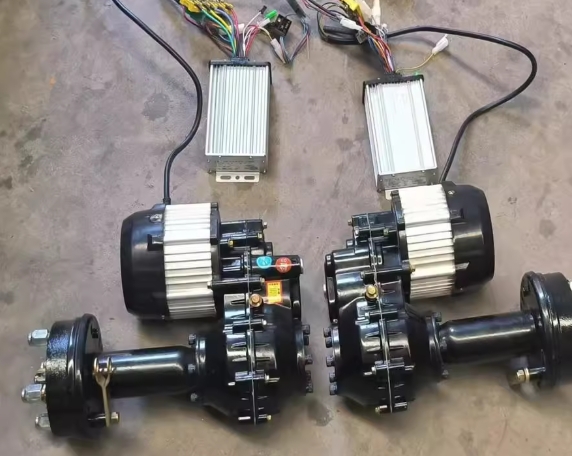
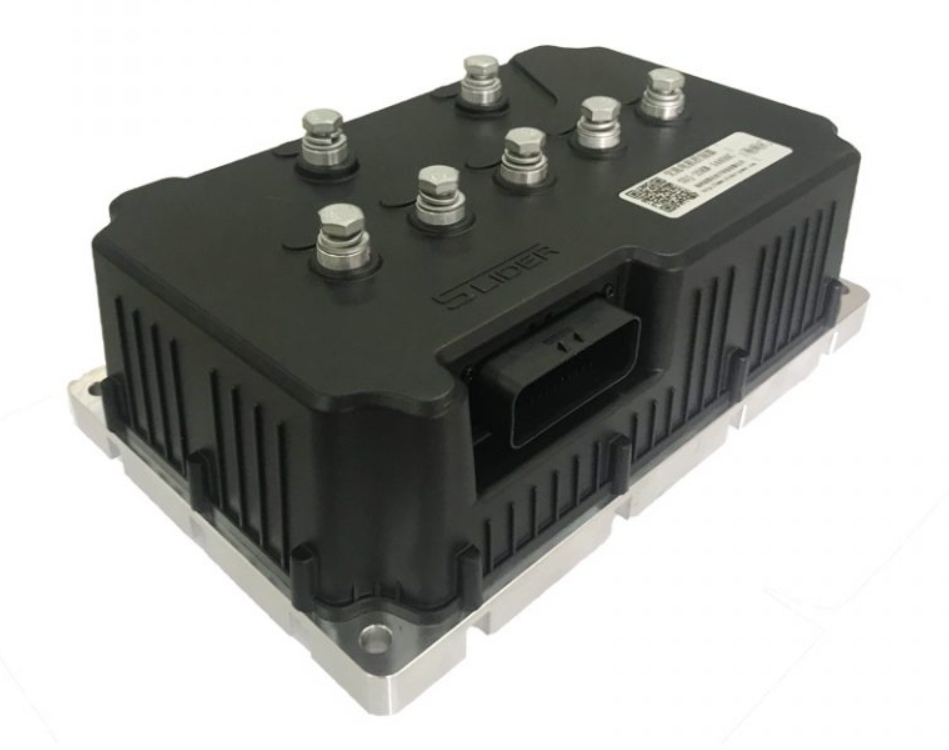

















 XINDA
XINDA